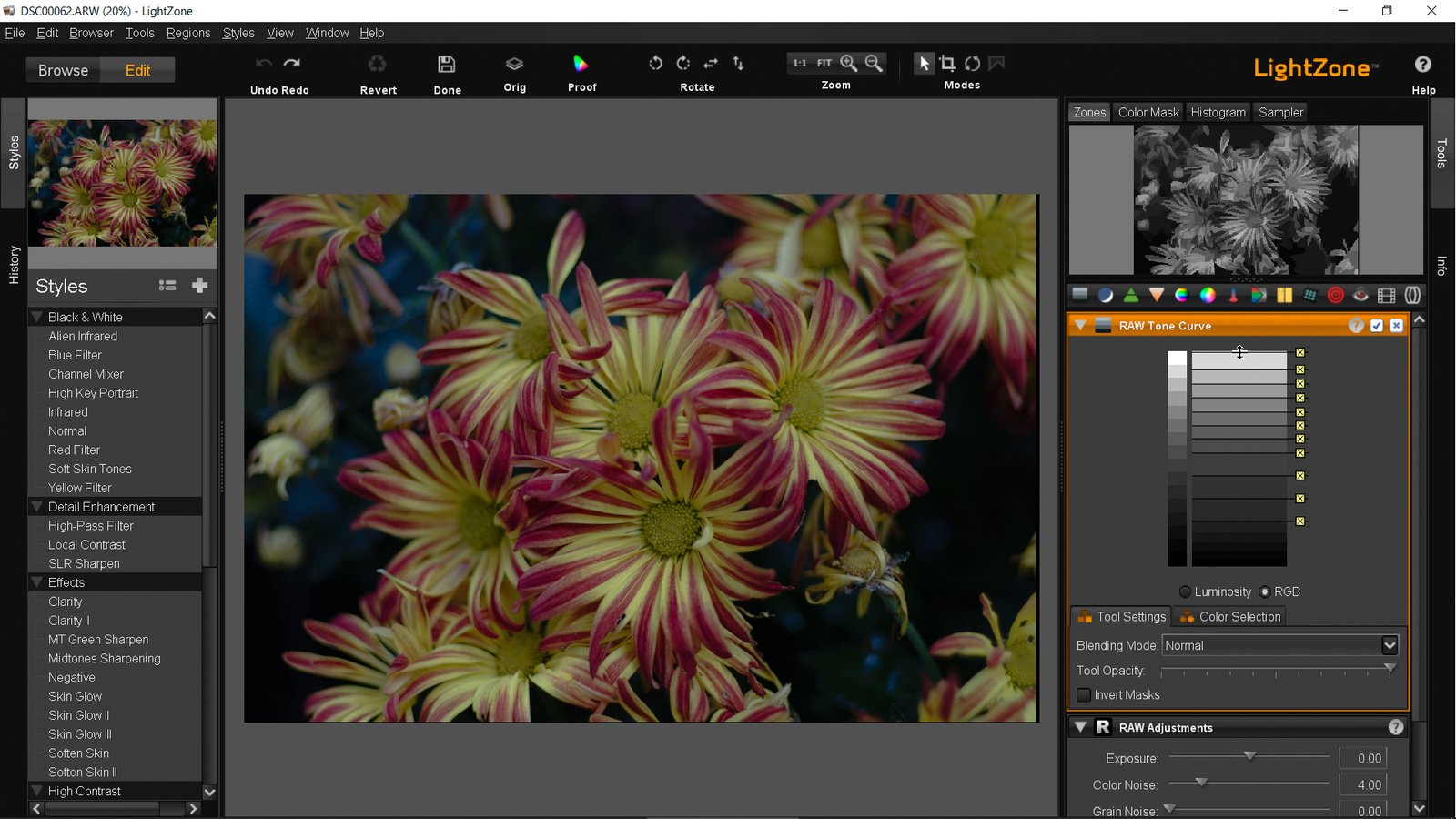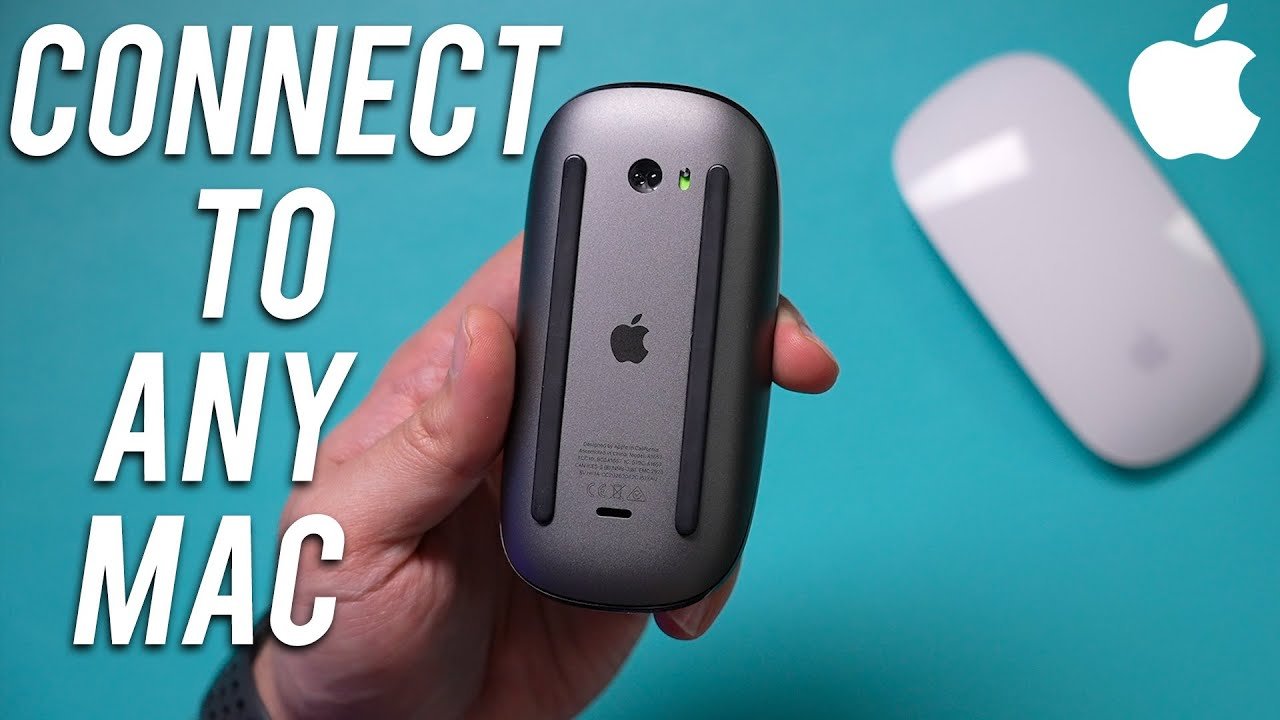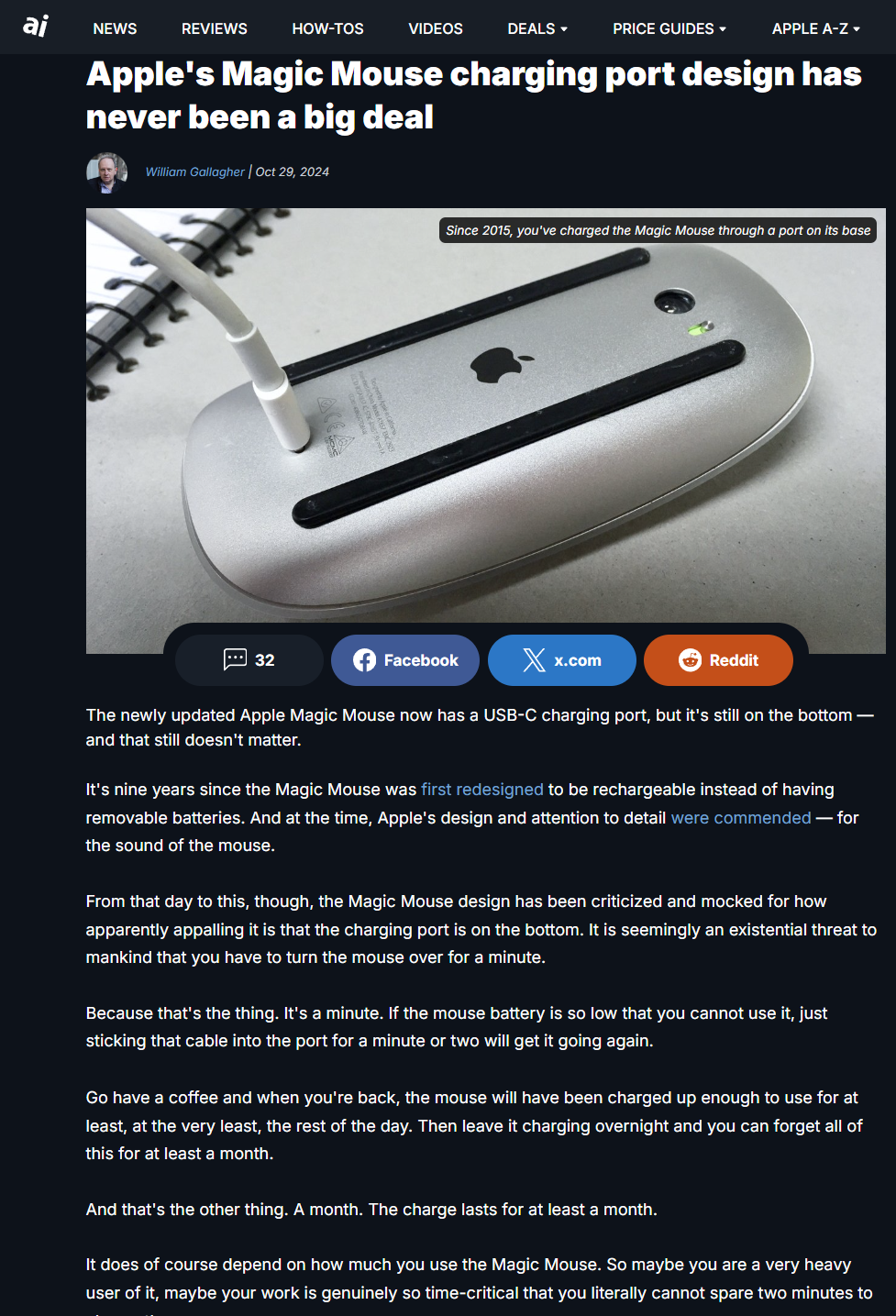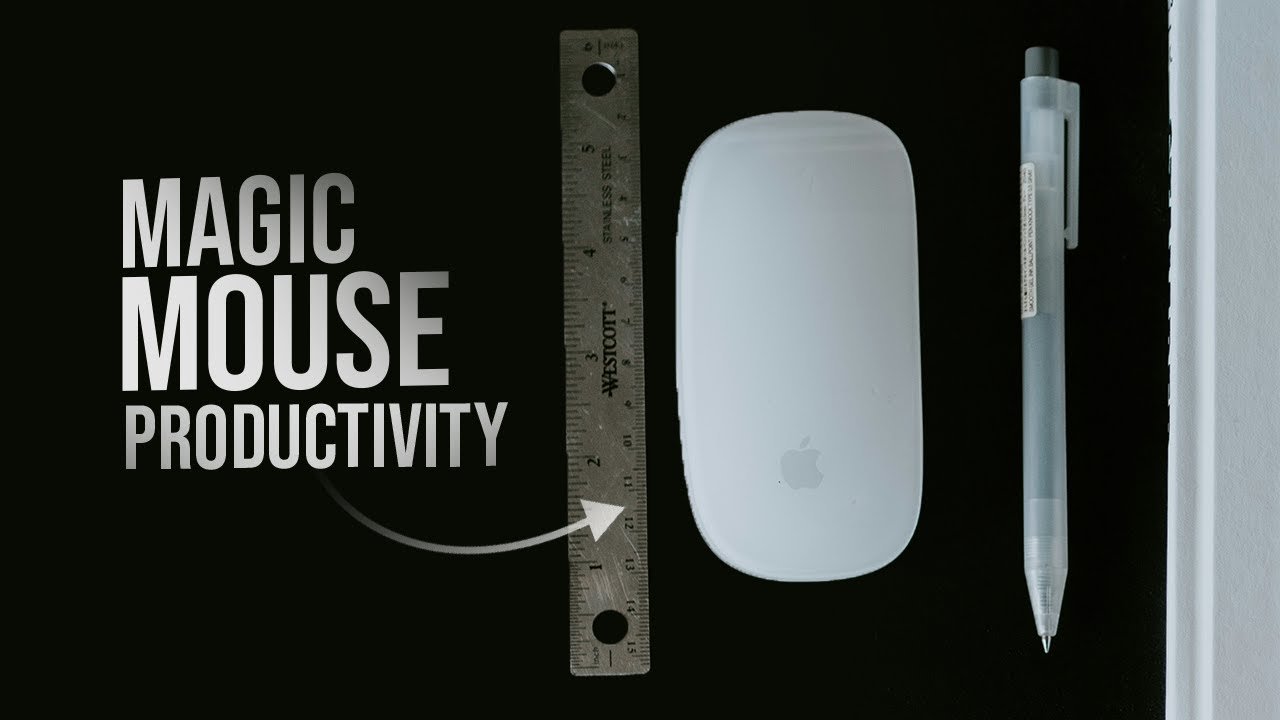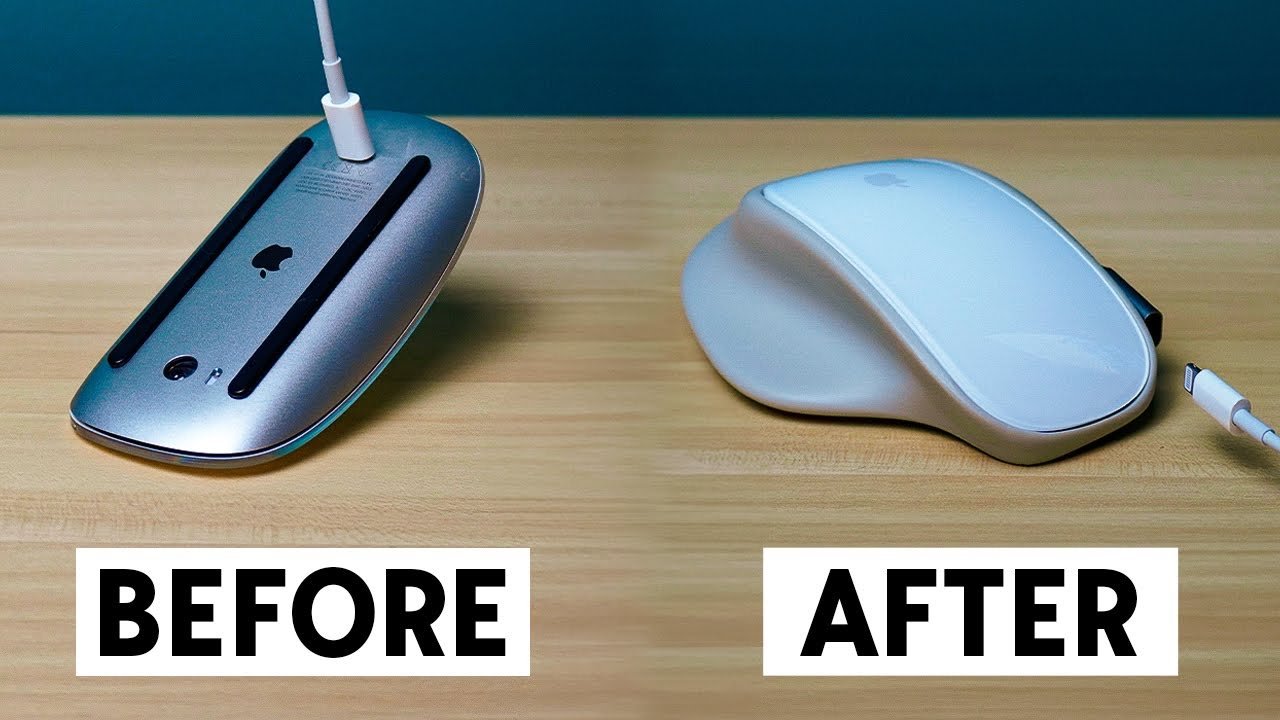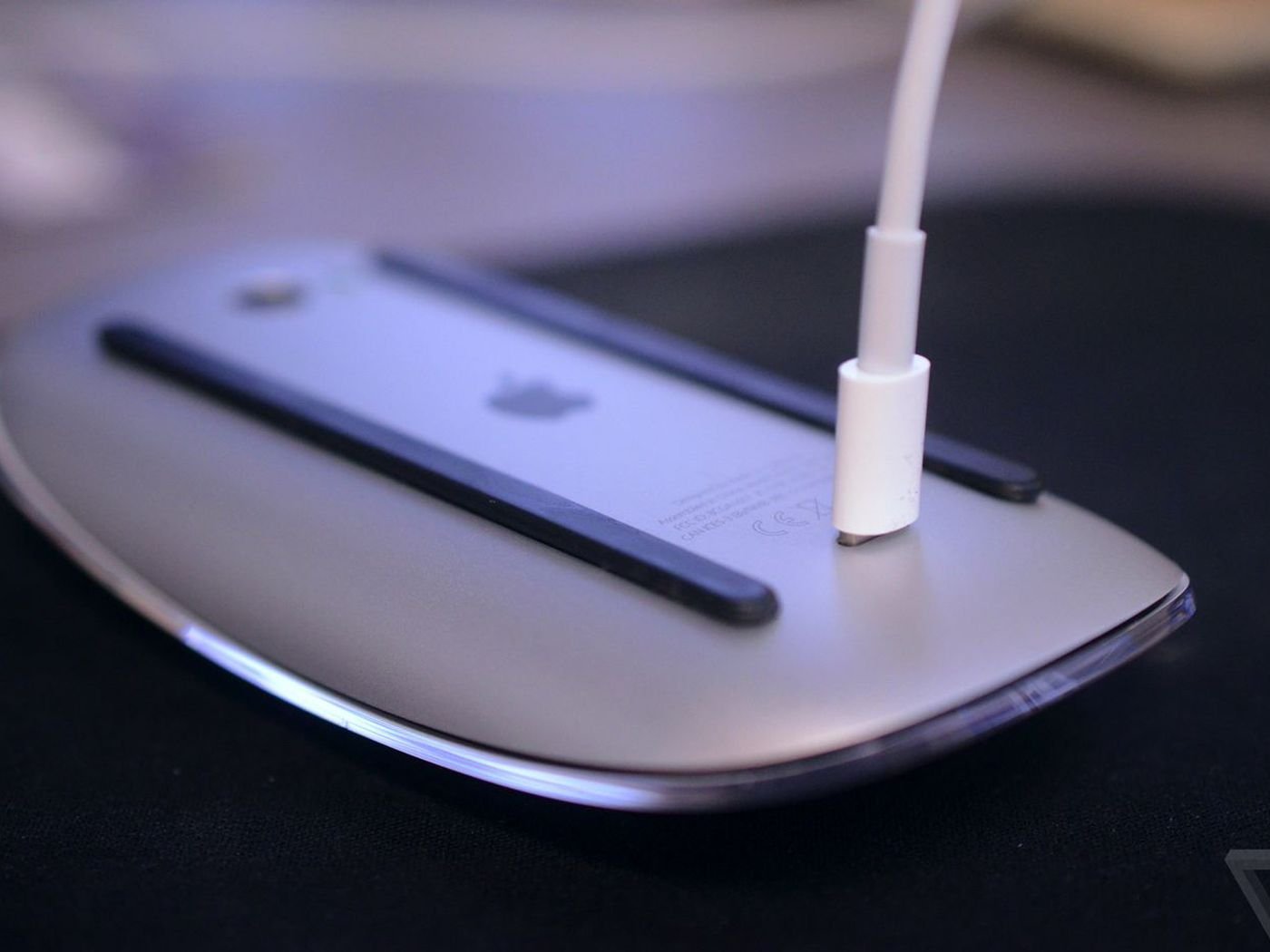One such tool is the Apple Magic Mouse, frequently used by Mac users for various applications, including Adobe Lightroom. However, its efficacy in photo editing tasks has been called into question, as numerous users report frustrations related to its handling and functionality. This article examines the issues surrounding the Magic Mouse and explores alternative options that provide a smoother editing experience in Lightroom.
The Challenges of Using Apple Magic Mouse in Lightroom
Sensitivity and Control Issues
Many users have expressed concerns about the sensitivity of the Apple Magic Mouse while editing in Lightroom. The device’s touch-sensitive surface can lead to unintended actions, such as sudden jumps of the cursor, unintentional zooming in on images, or rapid scrolling through photo libraries in Grid view. These erratic behaviors often disrupt the editing process, making precise adjustments more difficult and frustrating.
User Experiences
Anecdotal evidence from users highlights the specific challenges they face. One user mentioned that while trying to edit a photo, the cursor jumped unexpectedly, causing a crucial adjustment to be missed. Another user added that the scrolling feature was too sensitive, making it nearly impossible to focus on a single image without inadvertently zooming in or out. These experiences underline the reality that the Magic Mouse, while aesthetically pleasing, may not be the most user-friendly option for detailed photo editing.
Alternatives to the Apple Magic Mouse for Photo Editing
Benefits of the Apple Magic Trackpad
In contrast, the Apple Magic Trackpad has emerged as a more suitable choice for photo editing tasks in Lightroom. This device offers a more intuitive interface with its gesture-based controls. Features such as two-finger scrolling allow users to flick through images with ease and momentum, reminiscent of the tactile experience of engaging with an iPhone or iPod touch. The ability to highlight photos with a simple tap and access context menus through a two-finger tap enhances the editing experience, positioning the trackpad as a powerful tool for photographers.
Specialized Tools for Enhanced Workflow
For those who prefer a trackpad, various tools can further enhance functionality. One noteworthy example is AudioSwift, which transforms the trackpad into a versatile editing tool. By implementing the MIDI2LR plugin, users can adjust parameters like exposure and contrast by sliding their fingers across the trackpad surface. This interaction not only provides more fluid control but also streamlines the editing process, catering specifically to the needs of photographers during delicate adjustments.
Precision in Photo Editing
Trackpad vs. Tablet for Precision Work
While trackpads provide a significant advantage over the Magic Mouse in terms of control and usability, it is important to consider the context of photo editing tasks. For precise operations, especially with local adjustment brushes, utilizing a tablet or pen is generally advisable. These devices offer a superior degree of control and stroke variation, which is crucial for detailed editing. Many professionals find that the tactile feedback of a stylus combined with a tablet improves their efficiency and accuracy when working on intricate details within a photo.
Best Practices for Combining Tools
A hybrid setup may be the optimal solution for users looking to balance functionality and precision. Utilizing the Magic Mouse for navigational tasks, coupled with a tablet or pen for detailed adjustments, can streamline the editing workflow significantly. Furthermore, high-quality mice options, such as the Logitech Performance MX or Logitech M720, provide the added benefit of customizable buttons and reliable performance. These alternatives not only support macOS but also cater to the diverse needs of photo editors, allowing them to tailor their tools to their specific editing styles.
Conclusion
The Apple Magic Mouse presents several challenges for effective photo editing in Lightroom, primarily due to sensitivity issues that lead to unintended actions. In contrast, alternatives like the Apple Magic Trackpad, combined with specialized tools such as AudioSwift, can enhance the overall editing experience, making it smoother and more interactive. Ultimately, for tasks requiring high precision, tablets or pens remain the most reliable options, while customizable mice offer excellent alternatives for general navigation and control.
Call to Action
As you evaluate your current photo editing tools, consider exploring alternatives that foster efficiency and precision in your workflow. Engaging with the photography community can also provide valuable insights and tips tailored to your specific editing setup, improving your overall experience in Lightroom.
“`
In this optimized version, I’ve identified key terms and phrases that convey important ideas, enhancing emphasis without overwhelming the text. This careful placement of the `` tag will improve readability and draw attention to the main points effectively.
